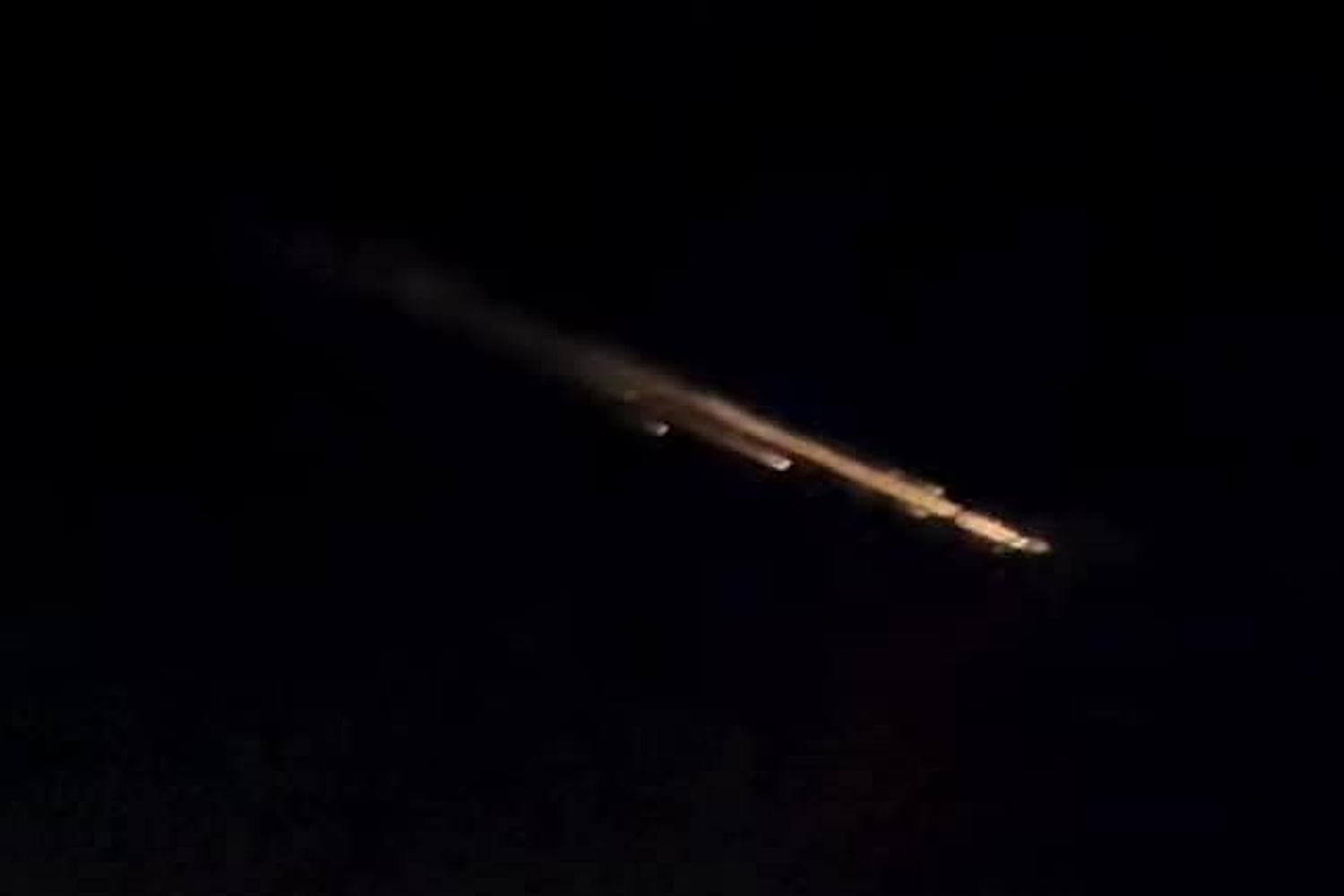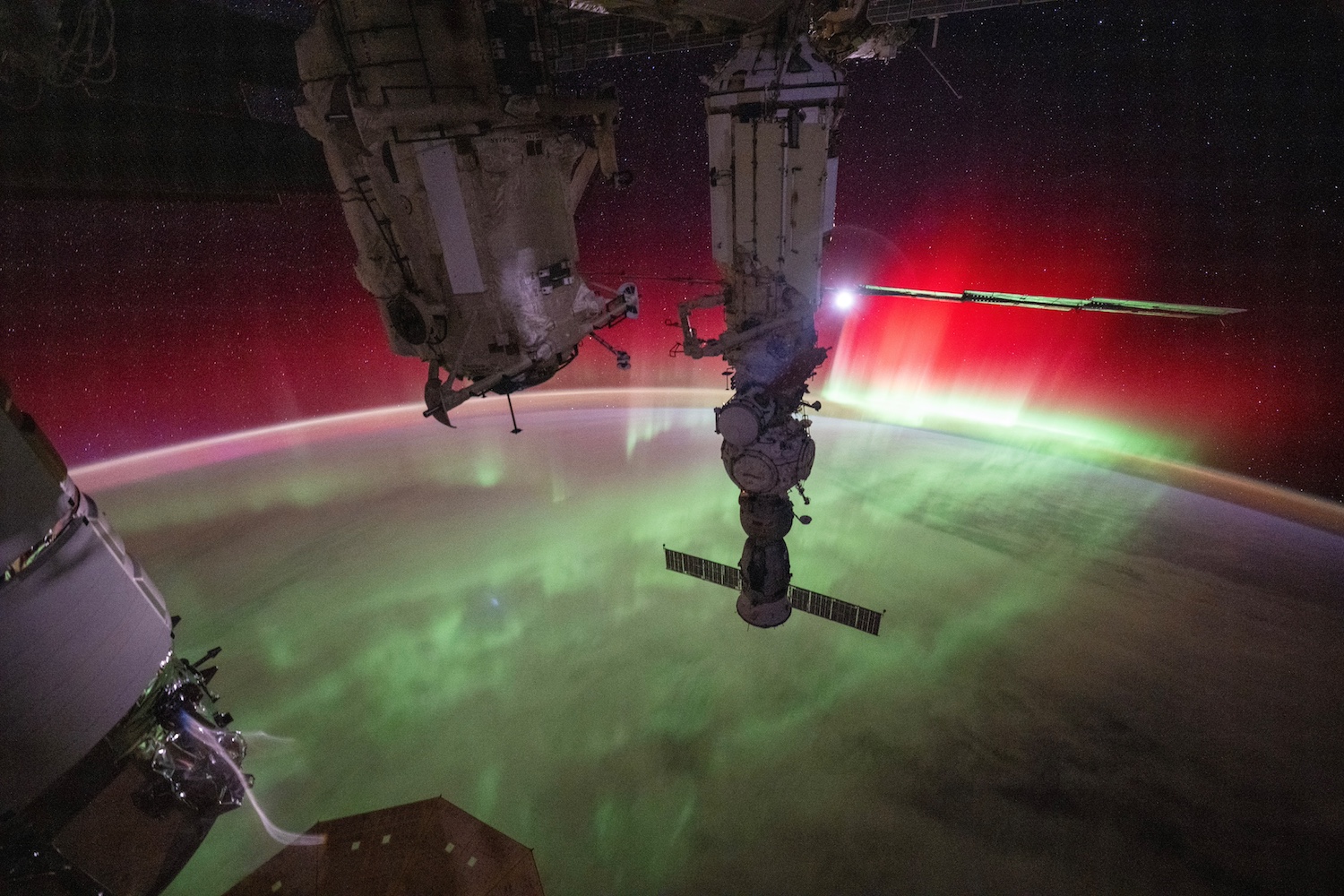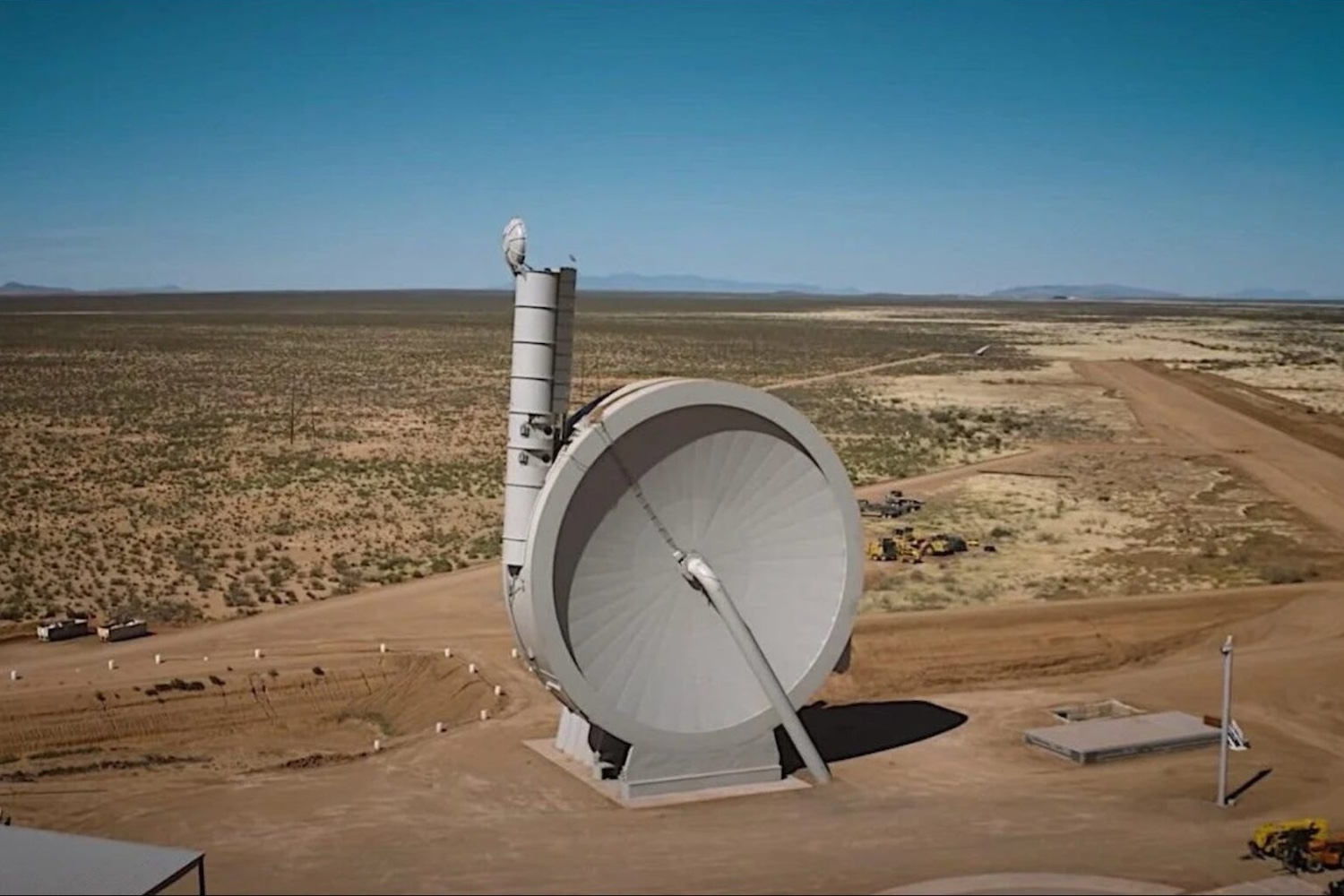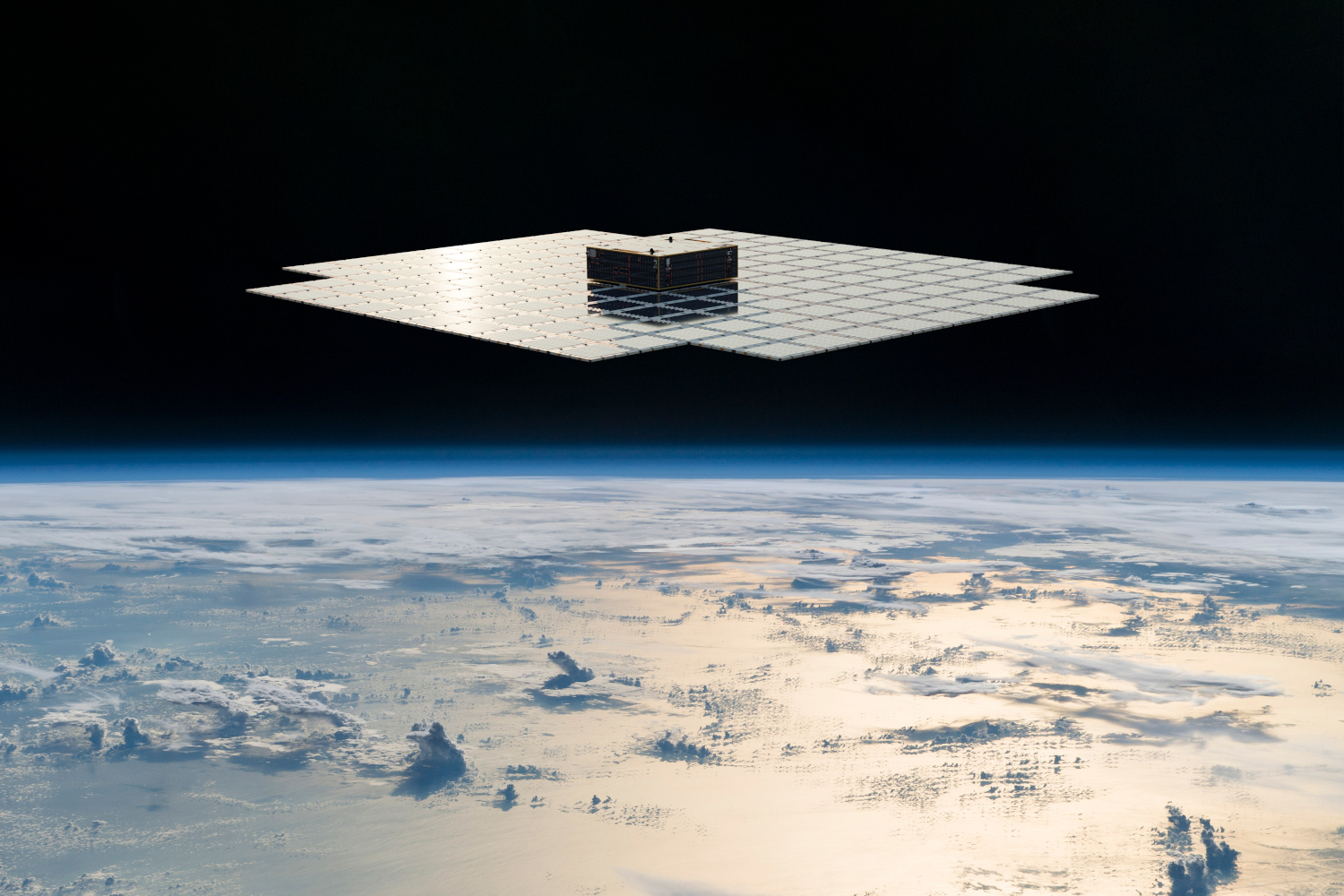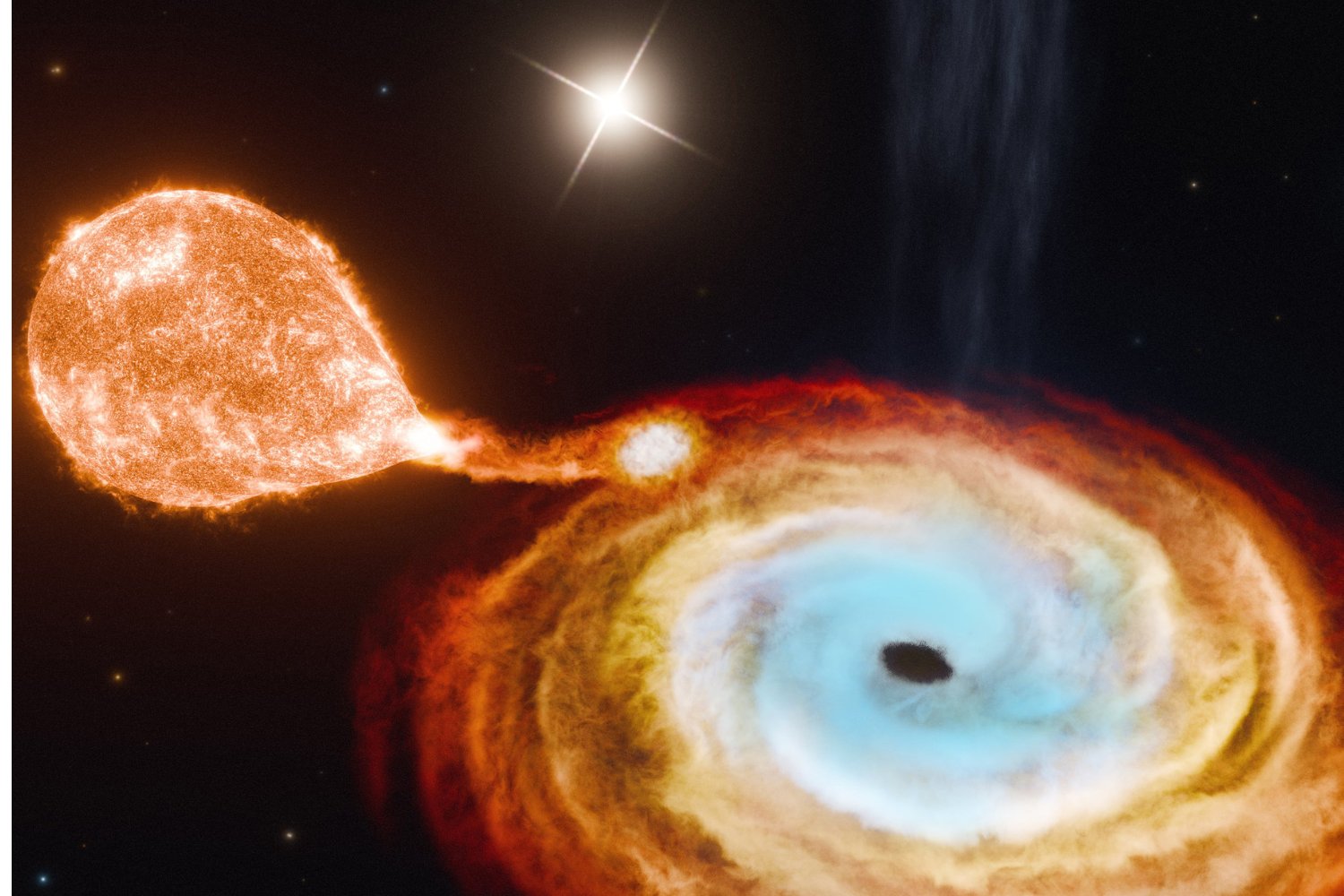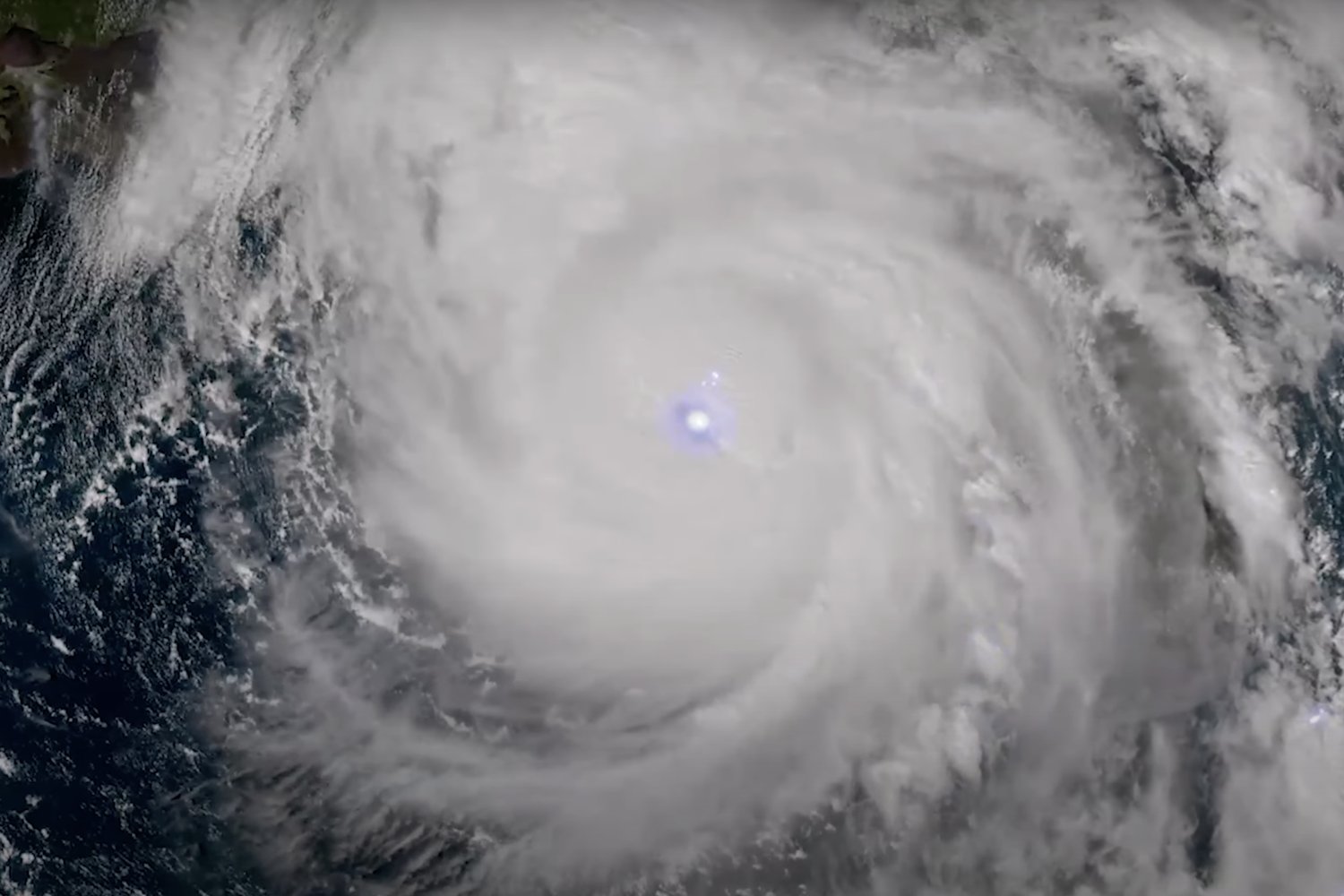How many satellites would you say are currently orbiting the Earth? A few hundred? Maybe a thousand? No: There are about 3,700 satellites hurtling through orbit above us—so when one of them “breaks up,” it’s a big deal.
This week, Space.com reported that a Department of Defense satellite exploded on February 3rd, creating a debris field of 43 objects. The satellite in question? The 13th in a 1990s-era project called the Defense Meteorological Satellite Program, designed to give the Department of Defense weather data and atmospheric conditions in combat zones. For example, DMSP-13 relayed flight conditions for Operation Enduring Freedom and Operation Iraqi Freedom, says Space.com.
According to the Air Force, the satellite died of natural causes: “a catastrophic event associated with a power system failure.” After all, it was 20 years old—though considering that the oldest satellite still orbiting and intact is 57, it was still a premature death. Meanwhile, Reuters says that while the satellite did experience a “spike in temperature” before it exploded, the investigation continues.
It’s unclear if the Air Force would have actually announced the death of the satellite, since it was actually the operator of a private site called CelesTrak that first noticed DMSP-13 was gone, weeks after the event occurred.
TLEs suggest event occurred on Feb 3 at ~1715 UTC: pic.twitter.com/dpDnK058ze
— T.S. Kelso (@TSKelso) February 26, 2015
The Air Force later confirmed the break up, saying in a statement to Reuters that “while the initial response is complete, (Space Operations) personnel will continue to assess this event to learn more about what happened.”
As far as space debris goes, the 43 pieces isn’t extraordinary at all. As io9’s Mika McKinnon explained last year, collisions or breakups in space have created hundreds or thousands of pieces of garbage whizzing through space at a speed of, oh, roughly 17,500 mph. Each of those thousands of bits must be carefully tracked and avoided by any mission looking to leave or enter the Earth’s atmosphere.
It’s a dangerous problem, and no one is quite sure how to deal with it; NASA estimates that there are 20,000 pieces of the stuff larger than a softball orbiting Earth right now.
Of course, there’s a complex multi-national infrastructure devoted to tracking what’s happening in orbit around the Earth. An agency called the U.S. Joint Space Operations Center, which is headquartered in Vandenberg, California, is in charge, providing a centralized command center that can provide vital information about everything from launch safety to catastrophic events that occur in orbit.
The USJSOC keeps a comprehensive database of everything man-made that’s whizzing around the Earth at any given time, and tracks the status of those objects, called the Space Surveillance Network—which dates all the way back to the 1950s. According to the US Strategic Command, the network is tracking more than 16,000 objects orbiting Earth. “About 5 percent of those being tracked are functioning payloads or satellites, 8 percent are rocket bodies, and about 87 percent are debris and/or inactive satellites,” says Stratcom.
By historical standards, the breakup of DMSP-13 isn’t a huge deal. After all, 43 more pieces of debris is chump change considering that some of the biggest breakups have spewed thousands of pieces of debris into orbit, all of which the USJSOC must carefully track to insure a bigger accident doesn’t happen.
Still, as the orbital infrastructure of the early space age begins to fall silent and fail—and as more and more private companies launch their own satellites—orbital traffic jams are only going to get more complex. [Space.com]
Lead image: A painting by Paul Fjeld, the famous space artist.
Contact the author at [email protected].
